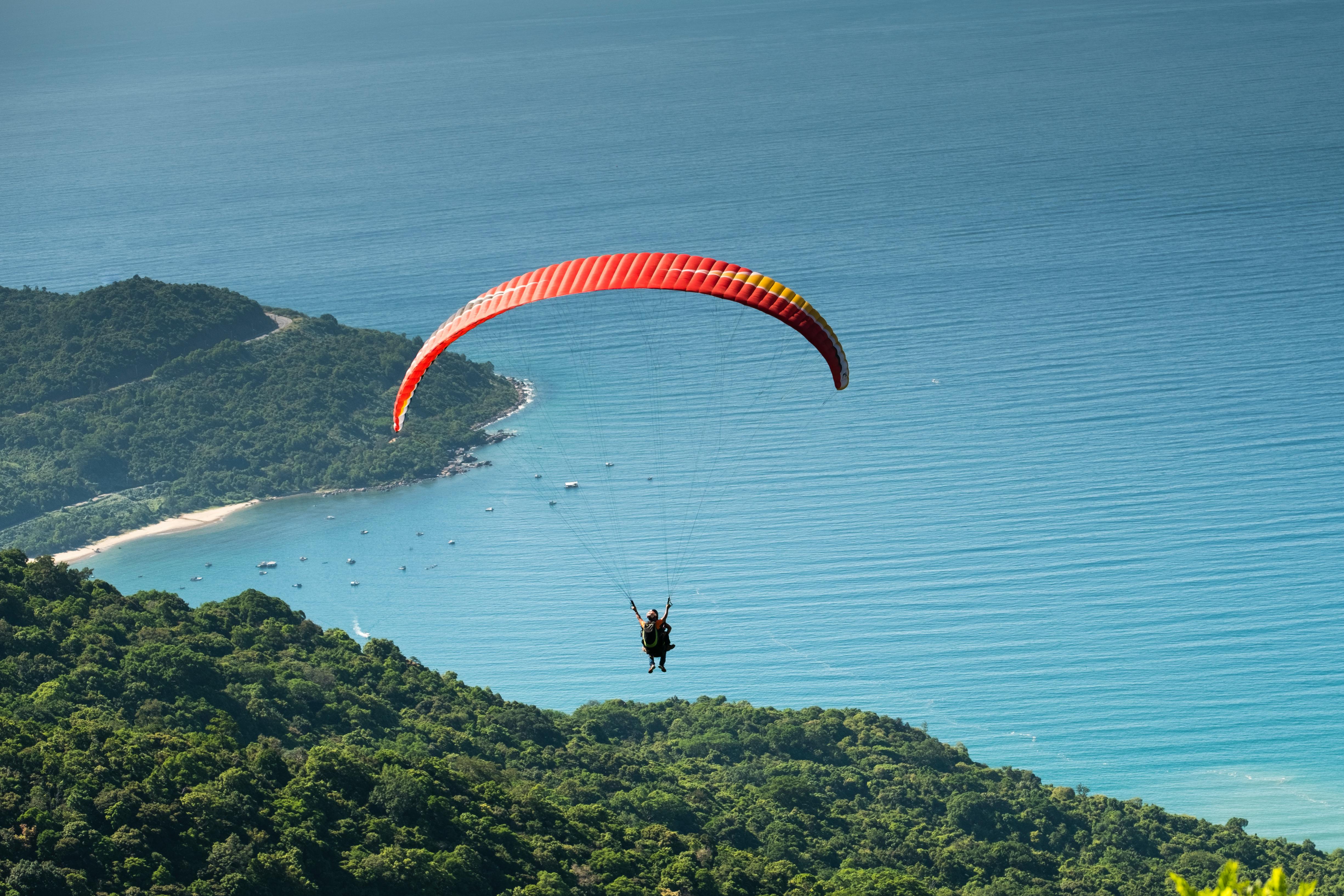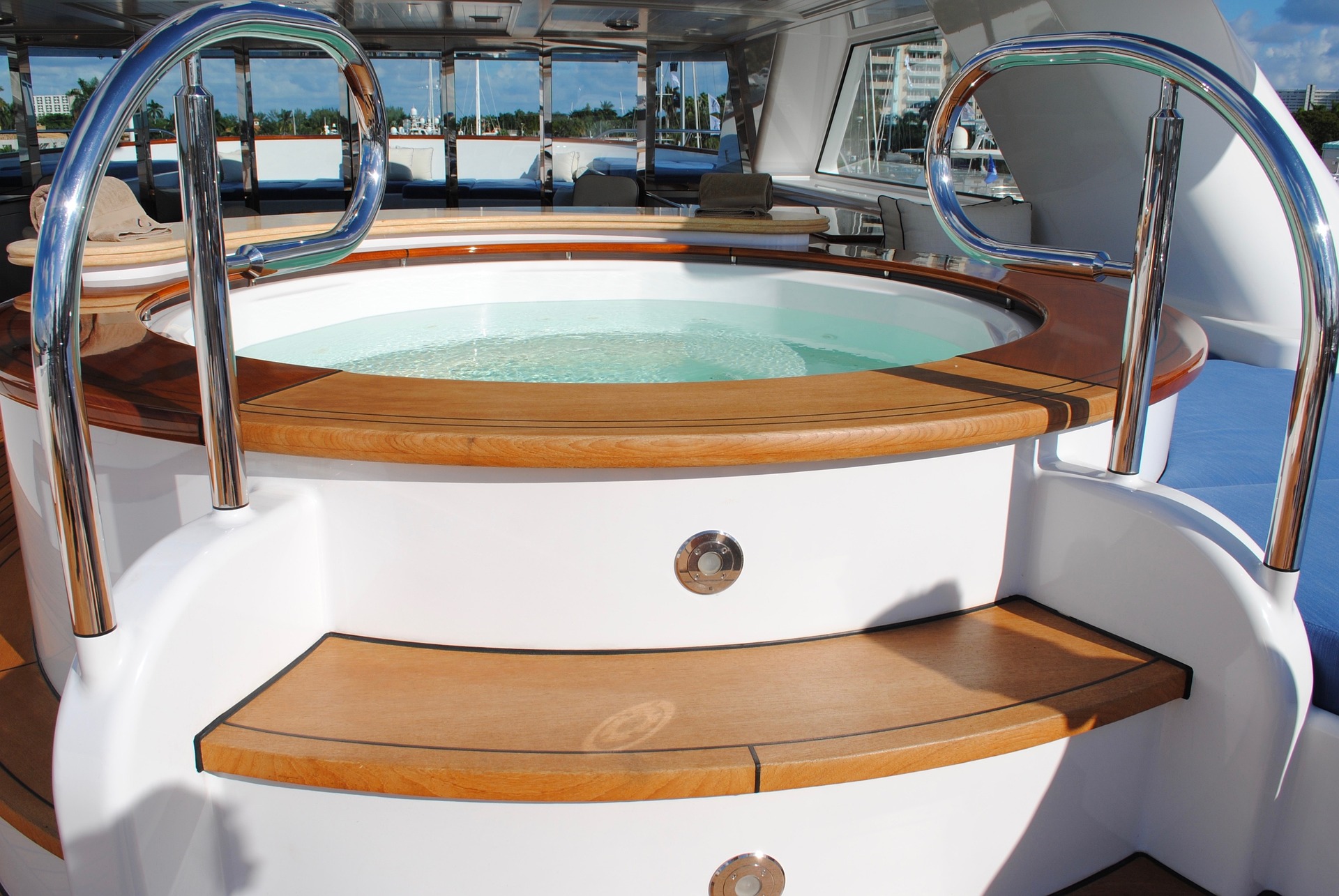Exploring the Bay of Islands: New Zealand's Premier Cruise Destination
The Bay of Islands is one of New Zealand's most spectacular maritime regions, comprising 144 islands nestled along the country's North Island. Known for its stunning natural beauty, rich cultural heritage, and diverse marine ecosystem, this area has become a highly sought-after cruise destination. Visitors are drawn to its crystal-clear waters, pristine beaches, and abundant wildlife, making it an ideal location for those seeking both relaxation and adventure. The region offers a perfect blend of natural wonders and historical significance, providing travelers with an authentic New Zealand experience that showcases both Māori traditions and European settlement history.

Scenic Cruising Through the Bay of Islands and Marine Wildlife Encounters
The Bay of Islands offers some of New Zealand’s most breathtaking coastal scenery, best appreciated from the water. Cruise vessels navigate through a labyrinth of islands, each with distinctive characteristics—from rocky outcrops to lush, forest-covered landmasses. The translucent turquoise waters provide excellent visibility for spotting marine life that inhabits these protected waters.
Marine wildlife encounters are a highlight of Bay of Islands cruising experiences. The region is home to a remarkable diversity of sea creatures, including bottlenose dolphins, common dolphins, orcas, and Bryde’s whales. Between May and July, humpback whales can be spotted during their annual migration. Visitors often witness dolphins playfully swimming alongside cruise vessels, while seabirds such as gannets, petrels, and the endemic Buller’s shearwater soar overhead. Many cruise operators employ naturalists who provide insights into the behaviors and characteristics of these fascinating creatures while ensuring that wildlife viewing follows responsible practices that minimize disturbance to natural habitats.
Exploring Māori Culture and Historic Landmarks in Paihia, Russell, and Waitangi
The Bay of Islands holds profound cultural significance as the birthplace of New Zealand as a nation. In Waitangi, visitors can explore the grounds where the Treaty of Waitangi was signed in 1840 between Māori chiefs and the British Crown. The Waitangi Treaty Grounds feature a traditional Māori meeting house (whare runanga), the historic Treaty House, and the impressive 35-meter-long ceremonial war canoe (waka taua).
Paihia serves as the main gateway to the Bay of Islands and offers access to cultural performances where visitors can experience traditional Māori songs, dances, and customs. Meanwhile, Russell (formerly known as Kororareka) was New Zealand’s first European settlement and briefly its first capital. Once known as the “hellhole of the Pacific” due to its popularity with whalers and traders, today Russell is a charming seaside town where visitors can explore Christ Church (New Zealand’s oldest existing church), Pompallier Mission (a historic French Catholic mission), and learn about the region’s whaling history at the Russell Museum. These locations collectively provide insight into New Zealand’s complex colonial past and the ongoing importance of Māori cultural heritage.
Iconic Hole in the Rock Experience at Motukōkako and Island Stopovers
Perhaps the most famous natural landmark in the Bay of Islands is Motukōkako, commonly known as the “Hole in the Rock.” This distinctive geological formation features a 16-meter-high natural archway that cruise boats can navigate through when conditions permit. According to Māori tradition, warriors would paddle through the hole in their canoes before battle, and if water from the arch dripped on them, it was considered a good omen.
Beyond this iconic formation, cruises typically incorporate island stopovers that allow visitors to experience the region’s diverse landscapes up close. Urupukapuka Island, the largest in the bay, features archaeological sites, walking tracks, and secluded beaches. Roberton Island (Motuarohia) offers excellent snorkeling opportunities in its twin lagoons and panoramic views from its lookout point. Other popular stopovers include Moturua Island with its historical significance as a World War II defensive post, and Waewaetorea Island with its pristine white sand beaches. These island excursions provide opportunities to swim, snorkel, hike, or simply relax in tranquil settings far from the mainland’s hustle and bustle.
Best Time of Year to Cruise the Bay of Islands for Calm Seas and Warm Weather
The Bay of Islands enjoys a subtropical climate, making it one of New Zealand’s warmest regions year-round. However, certain seasons offer optimal conditions for cruising experiences. The summer months from December to February provide the warmest temperatures (averaging 20-25°C or 68-77°F) and typically calmer sea conditions, ideal for swimming and water activities. This peak season offers the highest likelihood of smooth sailing through the Hole in the Rock and comfortable island stopovers.
The “shoulder seasons” of late spring (November) and early autumn (March-April) present compelling alternatives with fewer crowds, generally stable weather, and slightly cooler temperatures. Winter cruising (June-August) offers a different perspective with fewer tourists and the possibility of seeing migrating whales, though temperatures drop to around 12-16°C (54-61°F) and rainfall increases. Sea conditions can be more unpredictable during winter months, occasionally resulting in rougher waters and potential itinerary adjustments.
Marine wildlife can be observed year-round, though certain species have seasonal patterns. Dolphin sightings remain consistent throughout the year, while orca are more commonly spotted between May and July, coinciding with stingray season in the bay’s shallow waters. For travelers prioritizing both comfortable weather and marine encounters, the late summer to early autumn period (February-April) often provides the optimal balance.
Choosing Licensed Eco-Tours and Marine Mammal Viewing with Sustainability in Mind
When selecting a Bay of Islands cruise experience, environmental considerations should factor prominently into decision-making. Responsible operators hold permits from the Department of Conservation (DOC) and adhere to the Marine Mammals Protection Regulations, which establish guidelines for approaching and interacting with marine wildlife to minimize disturbance.
Eco-certified cruise companies typically implement practices such as reduced vessel speeds in sensitive areas, proper waste management systems, and educational components that foster appreciation for marine conservation. Many operators contribute to local environmental initiatives, including marine research programs and island restoration projects that help preserve the bay’s delicate ecosystem.
Visitors should look for credentials such as Qualmark accreditation with an Enviro Award or membership in sustainable tourism networks. Companies that emphasize cultural authenticity by employing local Māori guides who share traditional ecological knowledge often demonstrate a deeper commitment to sustainable practices. By choosing operators that balance tourism interests with environmental stewardship, visitors can enjoy meaningful wildlife encounters while helping ensure these experiences remain available for future generations.
The Bay of Islands offers a unique combination of natural beauty, cultural richness, and maritime adventure that remains unmatched in New Zealand. Whether coming face-to-face with dolphins, learning about pivotal moments in the nation’s history, or simply soaking in spectacular coastal scenery, cruising these waters provides an immersive experience that captures the essence of this remarkable region. From short excursions to multi-day sailing adventures, the diversity of cruise options ensures that every visitor can discover their own perfect way to explore this maritime paradise.




